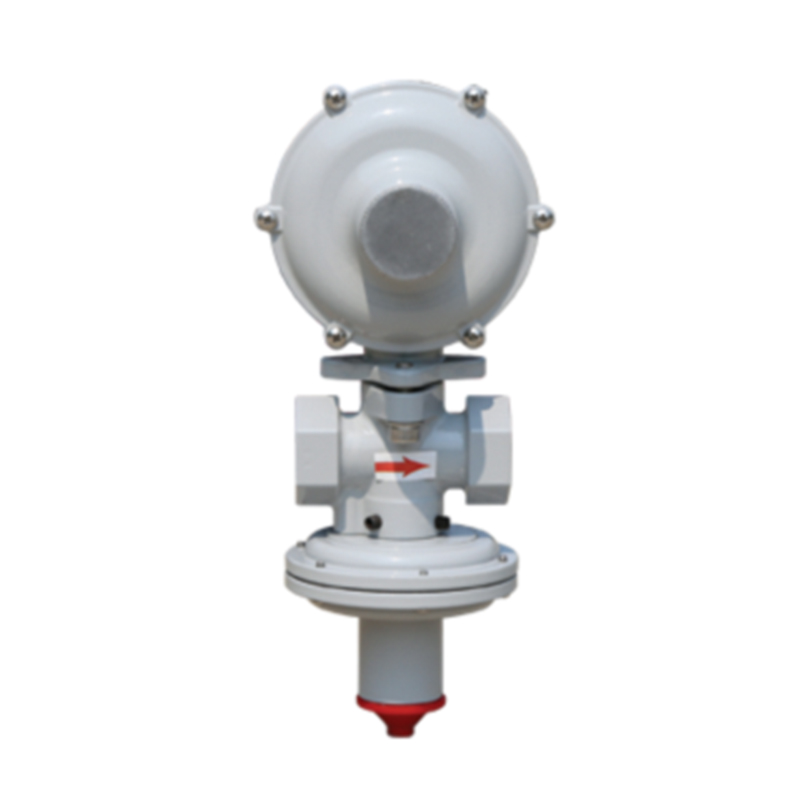
Dec . 11, 2024 10:03
Back to list
Design and Functionality of a Gas Pressure Regulation Station
Gas Pressure Reducing Stations Ensuring Safety and Efficiency in Gas Distribution
Gas pressure reducing stations play a crucial role in the distribution and regulation of natural gas and other gases in various applications. These facilities are integral to the infrastructure that ensures gas is delivered safely and efficiently from high-pressure transmission systems to lower-pressure distribution networks. Understanding the function and importance of gas pressure reducing stations is essential for both gas industry professionals and consumers.
At its core, a gas pressure reducing station is designed to lower the pressure of gas before it enters a distribution system. The gas is injected into the reducing station at a high pressure, which is necessary for transport through pipelines over long distances. However, this high pressure is too dangerous for use in residential, commercial, or industrial applications. Therefore, pressure reducing stations utilize various technologies to safely manage and reduce the pressure of the gas.
The primary components of a gas pressure reducing station include pressure regulators, filters, and safety devices. Pressure regulators, which can be either diaphragm-operated or pilot-operated, are critical for maintaining the desired outlet pressure. These regulators are designed to automatically adjust the pressure of the gas based on flow demand, ensuring a consistent and safe supply. Filters play a vital role in removing contaminants and particulates from the gas, protecting downstream equipment and ensuring operational efficiency.
Safety is a paramount concern in the operation of gas pressure reducing stations. These installations are equipped with numerous safety features to mitigate potential risks. For instance, pressure relief valves are installed to prevent overpressure conditions that could lead to catastrophic failures. Additionally, emergency shut-off valves can quickly halt the gas flow in case of a malfunction or emergency, safeguarding both personnel and equipment.
gas pressure reducing station

Regular maintenance and inspection of gas pressure reducing stations are imperative to ensure their safe and efficient operation. Routine checks help identify wear and tear on components, leaks, and other issues that may compromise safety. Operators should adhere to strict industry standards and regulations during maintenance procedures to uphold safety protocols.
The importance of gas pressure reducing stations is amplified as the demand for natural gas continues to grow. As a cleaner alternative to coal and oil, natural gas is increasingly being used in power generation, heating, and transportation. The proliferation of renewable energy sources also necessitates a reliable gas infrastructure, as natural gas can serve as a backup energy source when renewable generation is insufficient.
Modern gas pressure reducing stations are evolving to incorporate advanced technologies and automation. Smart monitoring systems are being utilized to gather real-time data on pressure, flow, and other critical parameters. This data can be analyzed using artificial intelligence and machine learning algorithms to optimize performance, predict maintenance needs, and improve overall efficiency. Such advancements not only enhance operational reliability but also contribute to minimizing environmental impact by reducing unnecessary emissions.
Moreover, the integration of renewable gases, such as biogas and hydrogen, into the existing gas infrastructure presents a new challenge for gas pressure reducing stations. These renewable gases often have different properties compared to natural gas, necessitating adjustments in regulation and pressure management techniques. Developing adaptable pressure reducing technologies is essential to accommodate this shift towards a more sustainable energy future.
In conclusion, gas pressure reducing stations are vital components of the gas distribution network, ensuring that gas is delivered safely and efficiently to end-users. They facilitate the transition from high-pressure transmission systems to lower-pressure distribution systems while incorporating safety measures and maintenance protocols to prevent hazards. As the energy landscape continues to evolve with the growing emphasis on sustainability, the role of gas pressure reducing stations is set to become even more significant. By embracing technological advancements and adapting to new energy sources, these stations will continue to play a key role in the safe, efficient, and sustainable distribution of gas.
Latest news
-
Safety Valve Spring-Loaded Design Overpressure ProtectionNewsJul.25,2025
-
Precision Voltage Regulator AC5 Accuracy Grade PerformanceNewsJul.25,2025
-
Natural Gas Pressure Regulating Skid Industrial Pipeline ApplicationsNewsJul.25,2025
-
Natural Gas Filter Stainless Steel Mesh Element DesignNewsJul.25,2025
-
Gas Pressure Regulator Valve Direct-Acting Spring-Loaded DesignNewsJul.25,2025
-
Decompression Equipment Multi-Stage Heat Exchange System DesignNewsJul.25,2025

